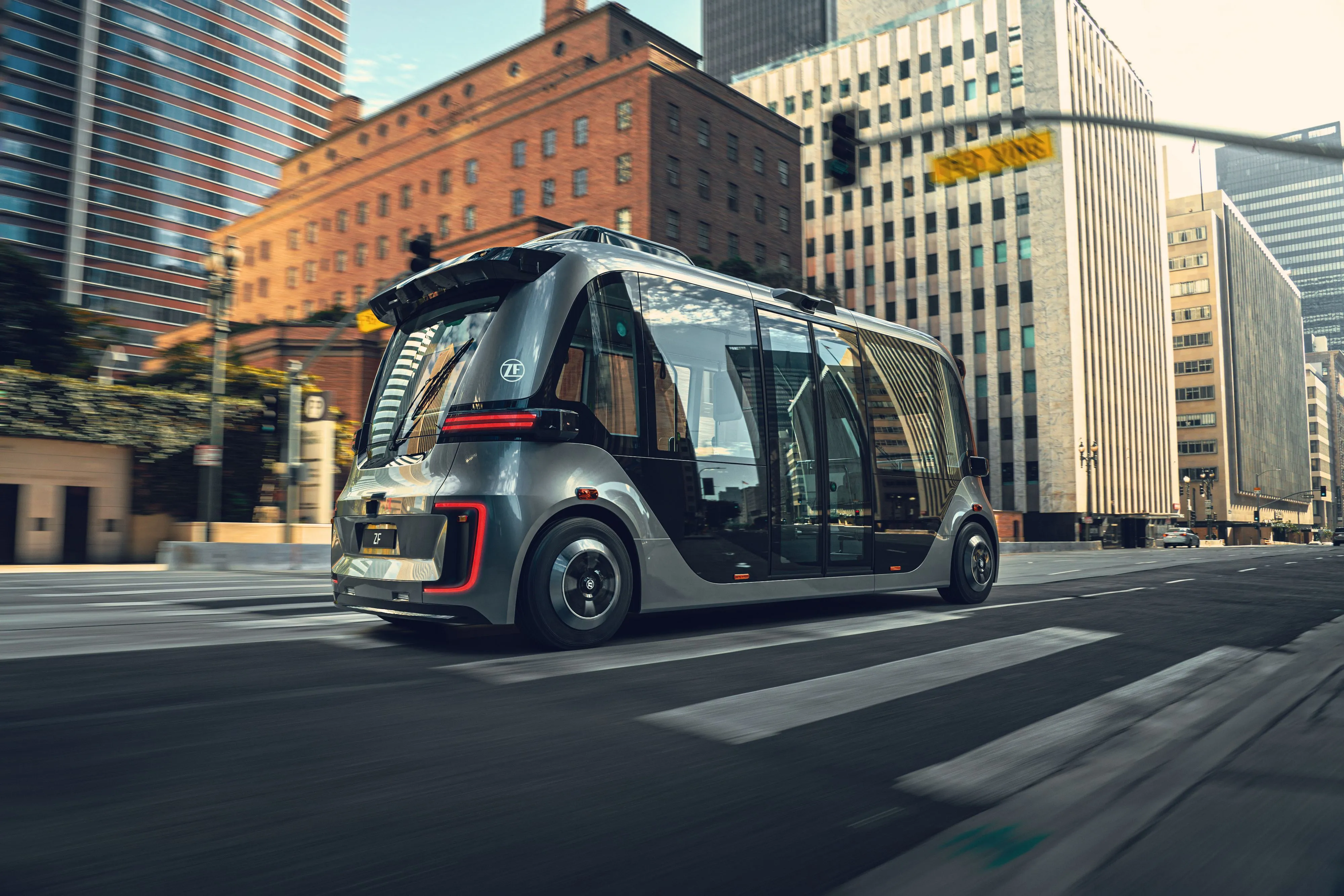Daimler Trucks launched its newly developed autonomous transport truck, the Freightliner Inspiration, at an event that turned the Hoover Dam in Nevada into a large projection screen. The Level 3 autonomous truck uses Highway Pilot sensors and hardware with cameras and radar to safely operate under a range of highway conditions, and has been granted a licence to operate in Nevada.
The Freightliner Inspiration is based on the US Freightliner Cascadia model, but with the addition of the Highway Pilot techno
May 7, 2015
Read time: 2 mins
The Freightliner Inspiration is based on the US Freightliner Cascadia model, but with the addition of the Highway Pilot technology that modified it for use on American highways.
As soon as the truck is on the highway, the driver can activate the Highway Pilot system, which system uses a stereo camera and radar systems with lane-keeping and collision-prevention functions. It regulates the speed, applies the brakes and steers, but does not initiate autonomous passing manoeuvres, which must be executed by the driver, who must also steer when leaving the highway and changing lanes. The driver can deactivate the Highway Pilot manually and is able to override the system at any time.
The adaptive cruise control system of the Freightliner Inspiration Truck uses the same hardware and software as the series production variants of the Mercedes-Benz Actros and Freightliner Cascadia Evolution. The active power steering system uses the same hardware as the production vehicles; however, the software has been modified. The steering gear installed in the Freightliner Inspiration Truck has been used in Mercedes-Benz trucks since 2011.
According to Daimler, the autonomous truck will increase fuel efficiency, improve traffic safety and reduce CO2 emissions.










